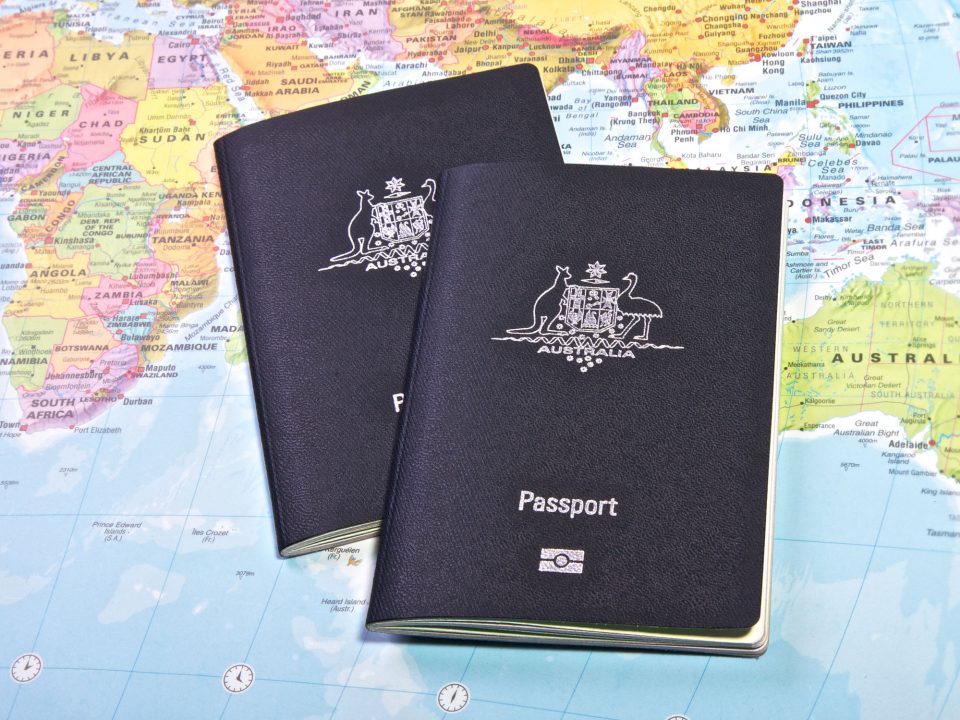Introduction:
Obtaining permanent residency in Australia is a dream for many individuals around the world. With its high standard of living, excellent healthcare system, robust economy, and multicultural society, Australia continues to attract skilled professionals and aspiring migrants. However, to make this dream a reality, it is essential to understand the updated Australia PR visa requirements. This comprehensive guide will explore the latest criteria and procedures to help you navigate the Australian immigration system successfully.
Types of Australia PR Visas:
Australia offers various pathways to obtain permanent residency. The most commonly sought-after visa categories include:
a) Skilled Independent Visa (subclass 189): This visa is designed for skilled workers who are not sponsored by an employer, territory, or family member. A points-based visa requires applicants to have an occupation on the skilled occupation list and meet the minimum point requirement.
b) Skilled Nominated Visa (subclass 190): This visa allows skilled workers who are nominated by a state or territory government in Australia to live and work permanently. Applicants must have an occupation on the state/territory nomination list and satisfy the minimum point requirement.
c) Employer Nomination Scheme (subclass 186): This visa category allows skilled workers nominated by an approved Australian employer to live and work permanently. The employer must demonstrate the genuine need for the position and meet specific labor market testing requirements.
Australia PR Visa Requirements:
a) Age Requirement: Applicants must be under 45 years of age at the time of application. However, some exceptions may apply to certain occupations and specific circumstances.
b) Skills Assessment: A positive skills assessment from a relevant assessing authority is mandatory for most skilled migration visas. Each occupation has specific requirements, and applicants must demonstrate their qualifications and work experience to meet the assessment criteria.
c) English Language Proficiency: Proficiency in the English language is a crucial requirement for Australia PR visas. Applicants must undertake an approved English language test, such as the International English Language Testing System (IELTS), and achieve the minimum scores required specified for each visa subclass.
d) Points Test: Skilled migration visas are points-based, and applicants must score the minimum points required to be eligible. Factors such as age, English language proficiency, qualifications, work experience, and other attributes contribute to the total points. The current minimum point requirement is 65.
e) Expression of Interest (EOI): Applicants need to submit an EOI through the online SkillSelect system, indicating their interest in applying for a specific visa subclass. The EOI serves as an initial assessment of eligibility and helps state/territory governments and employers identify suitable candidates.
f) Invitation to Apply (ITA): If an applicant meets the eligibility criteria and has a competitive score, they may receive an ITA to apply for the visa. ITAs are issued periodically during invitation rounds conducted by the Department of Home Affairs.
g) Health and Character Requirements: All visa applicants must undergo health examinations and obtain police clearances to prove their good character. Certain health conditions may impact visa eligibility, and applicants must meet the health requirement to proceed with their application.
h) Points for State/Territory Nomination or Sponsorship: Some visa subclasses require state/territory government nomination or employer sponsorship to be eligible. Additional points are awarded for such nominations, enhancing an applicant’s overall points score.
i) Document Verification: Applicants must provide authentic and verifiable documents to support their claims, including educational qualifications, employment references, identity proofs, and other relevant certificates. Ensuring that all documents meet the requirements specified by the Department of Home Affairs is essential.
Conclusion:
Obtaining permanent residency in Australia offers numerous benefits, including access to healthcare, education, social security, and a pathway to Australian citizenship. However, navigating the Australian PR visa requirements can be complex and demanding. This comprehensive guide provides an updated overview of the essential criteria involved in securing a PR visa, including age requirements, skills assessments, English language proficiency, points testing, expression of interest, health and character requirements, and document verification.
It is crucial to consult with a registered migration agent or immigration lawyer who can provide personalized advice based on your specific circumstances. Keeping yourself up-to-date with the latest changes in Australian immigration policies and seeking professional guidance will maximize your chances of a successful Australia PR visa application. With proper planning and preparation, you can embark on your journey to make Australia your permanent home.
For more information please do not hesitate to contact us.


